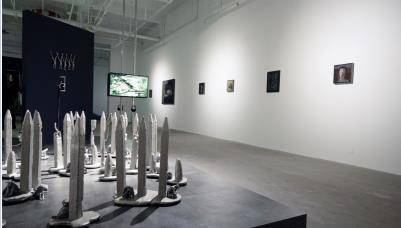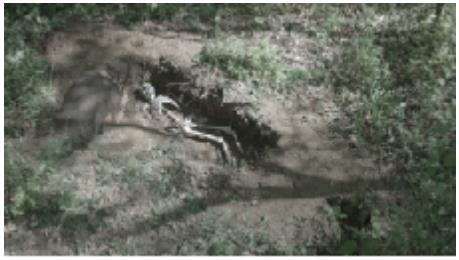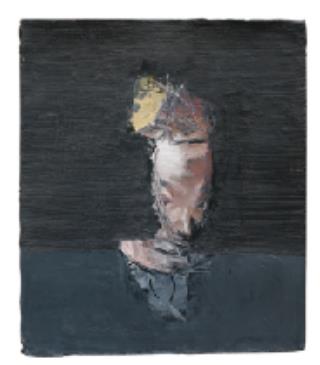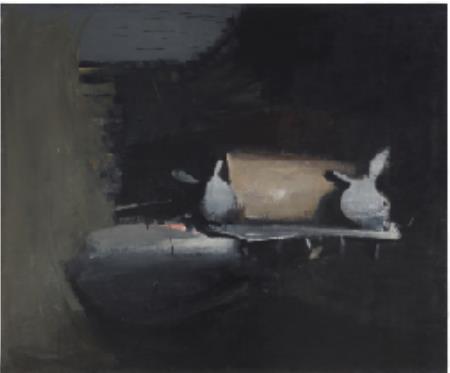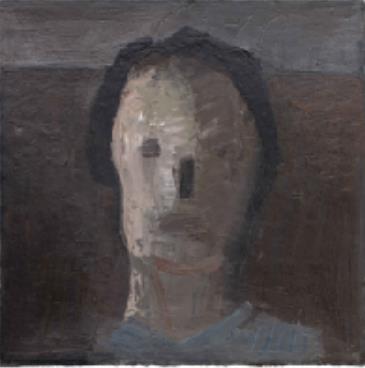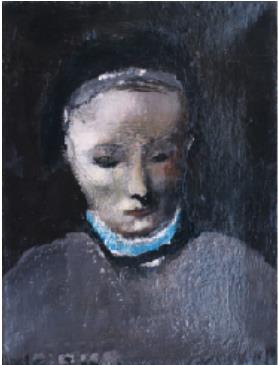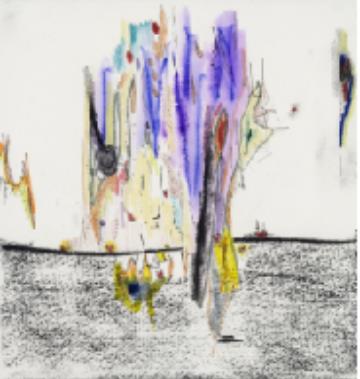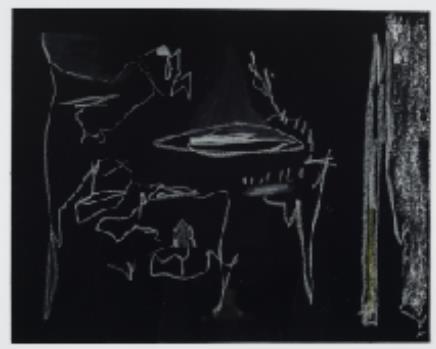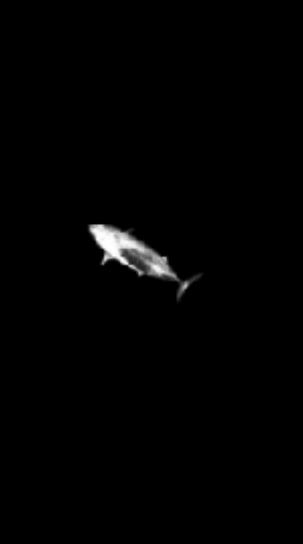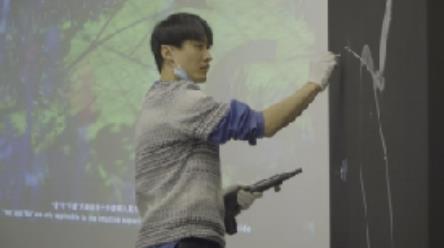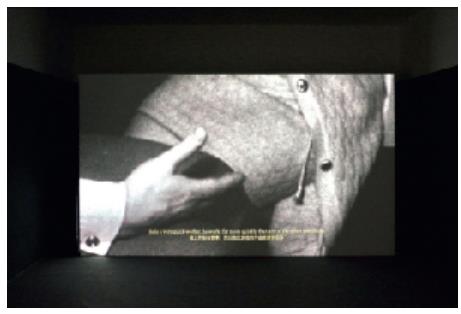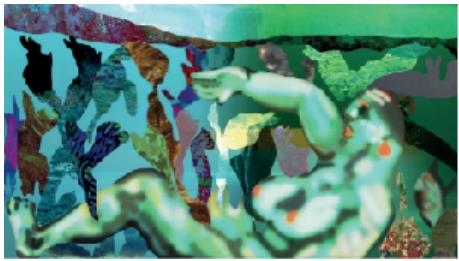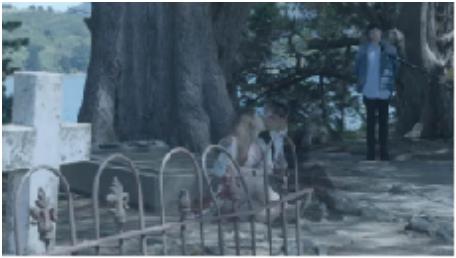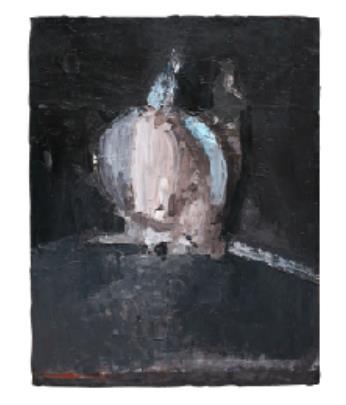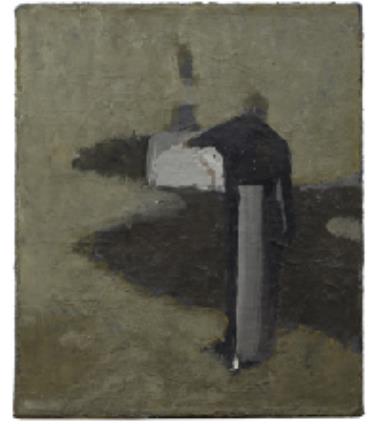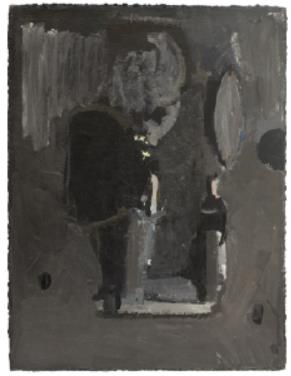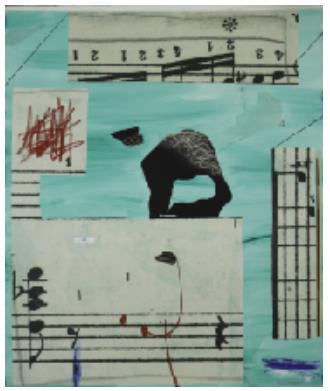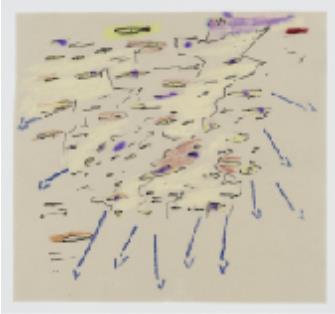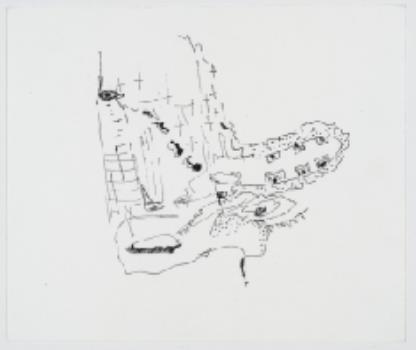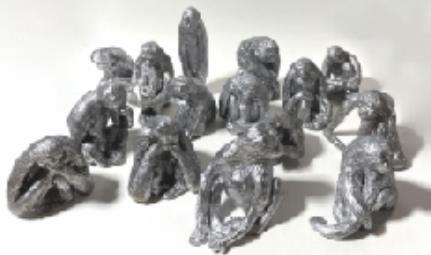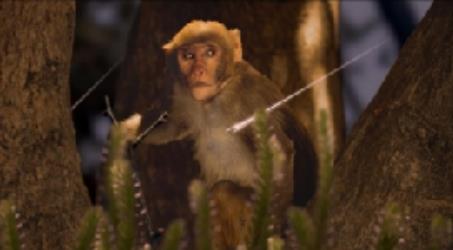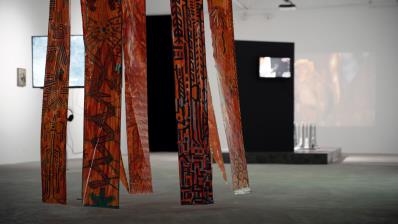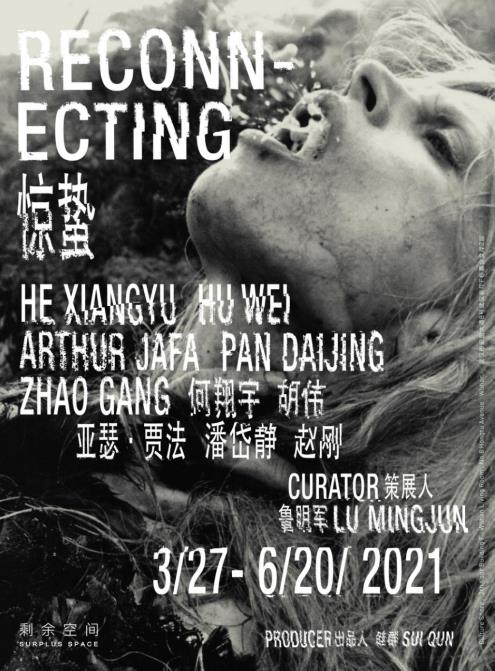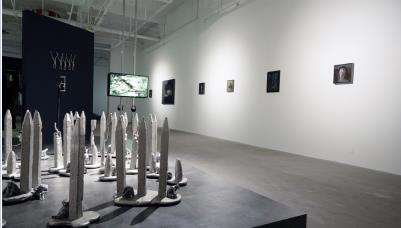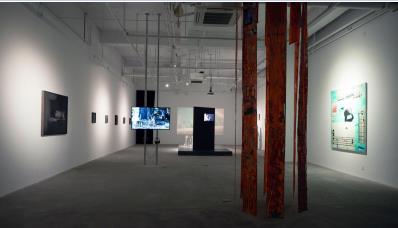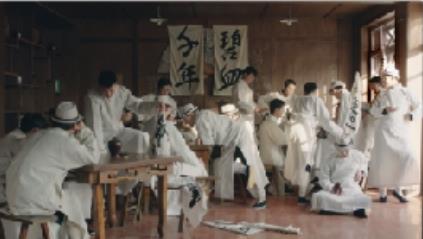
Soul Hunters
Producer:Sui Qun
Curator:Lu Mingjun
Artists:Chen Zhou,Ma Jianfeng,Manuel Mathieu,Qiu Ruixiang,Wang Tuo,Yuan Zhongtian,Zhu Changquan
Duration: March 27th – June 26th, 2022
Private View: 4pm, March 27th 2022
Address: 2nd-floor Building F, Wuhan Living Room, No.8 Hongtu Avenue, Wuhan.
2022.3.7-2022.6.26
“Soul Hunters” is derived from the eponymous book by Danish anthropologist Rane Willerslev. In this classic ethnography, Rane examines the subsistence structure and spiritual world of the Yukaghir, a little-known “indigenous” people living in the upper Kolyma River region of northeastern Siberia. Rane finds that “the Yukaghir seem to live in a “hall of mirrors”, where humans, animals and spirits co-inhabit, and are therefore considered to be endless imitations of each other. Among them, human being is actually in an “in-between state”, where their soul is both tangible and intangible. Their body and soul are one, and they are both the individual self and the regenerated other”.
For us today, the “hall of mirrors” of the Yukaghir is not an isolated case, so there is no lack of universal mirror significance. The “animisty” in the eyes of the Yukaghir does not confer autonomous rights and free will on things (including animals), nor is it “anti-anthropocentrism”. What it contributes to us is the possibility of a mimetic coexistence between humans, animals and spirits. Rane finds that here the hunter and the prey imitate each other, and the humanity of the elk is not experienced as an attribute of the animal itself, but in a position of the relationship of the mutual imitation. The Yukaghir cannot say with certainty that the elk is human, yet he must say so because if he denies the animal’s capacity for consciousness, intention and emotion, he denies himself of these capacities. There is no hunter without prey, just as there is no living without the soul of the dead. Therefore, the hunter’s fear is not only from the threat of prey, but also the main god of prey. So hunters have another identity, namely, the shaman. For them, the acquisition of prey is essentially an exchange with the gods. And it is not faith, but sex, that maintains the intimacy between the gods and the hunters as shamans.
“Whenever the Yukaghir have too much luck in hunting, they suspect that they are loved by the gods, because the gods try to do them favor by giving them prey, thus finally killing themselves and bringing their souls to the gods to live with. So an extremely lucky hunter must stop in time or he will face the disaster of death.” Here, people can endow animals with emotion and will, and animals can also be regarded as gods; conversely, gods can incarnate as people, or attach themselves to animals.
The exhibition features seven artists: Chen Zhou, Ma Jianfeng, Manuel Mathieu, Qiu Ruixiang, Wang Tuo, Yuan Zhongtian, and Zhu Changquan. Chen Zhou’s Alive Game (2017) and In Dream (2018) are two of his early experimental short films. In Alive Game, a pair of souls from a century ago are discussing what it feels like to be alive in a cemetery, and a young man is being interviewed and asked what memory is. In In Dream, a soul is taking pictures of a skeleton in a mountain, and a baby is sleeping. Ma Jianfeng brings a set of alien paintings where he imitates how the craftsmen as believers make and depict prayer flags. At the same time, we can also imagine them as carvers of animal images on cave walls tens of thousands of years ago. Manuel Mathieu, an artist from Haiti, has always seen himself as a son of voodoo, and for him, painting is a voodoo ritual. The dark images that Qiu Ruixiang paints are so obscure that even he is not sure whether they are human beings, objects or ghosts.
In the film Close, Closer, Yuan Zhongtian pieced together his mother Wang Qingli’s adventure to Lugu Lake in 1993, weaving an overlapping narrative of intimacy, settlement colonialism, matriarchy, tourism, and the art market. Tungus, the third chapter in Wang Tuo’s Northeast tetralogy, is also a multi-temporal overlapping narrative. The images present the temporal and spatial connections between multiple groups of people at different geographical coordinates on their way home. “Characters on different historical threads evoke that uncanny synchronicity across time and space in their respective struggles. It is here that they reveal their awareness of the eternal chaos of the world.” In this regard, in the new work I’m Disguised, Right in front of You, Zhu Changquan casts his perspective on the origin of mankind – monkeys. This is more like an ultimate torture, but in fact, the “hundred-eyed monkey” in the film is a digital image. In the real world, it is just a piece of data. It is replaceable and can be a stone, a leaf, light, or no image at all. From another perspective, it actually simulates or reproduces a world in which the boundaries between human beings, objects (data) and gods are completely lost.
The exhibition site creates a world like the “hall of mirrors” of the Yukaghir. However, the question here is how can one not be separated from others (including human and non-human, living and dead, etc.), while at the same time guarding one’s own intention and agency?
INSTALLATION VIEWS
EXHIBITION WORKS

